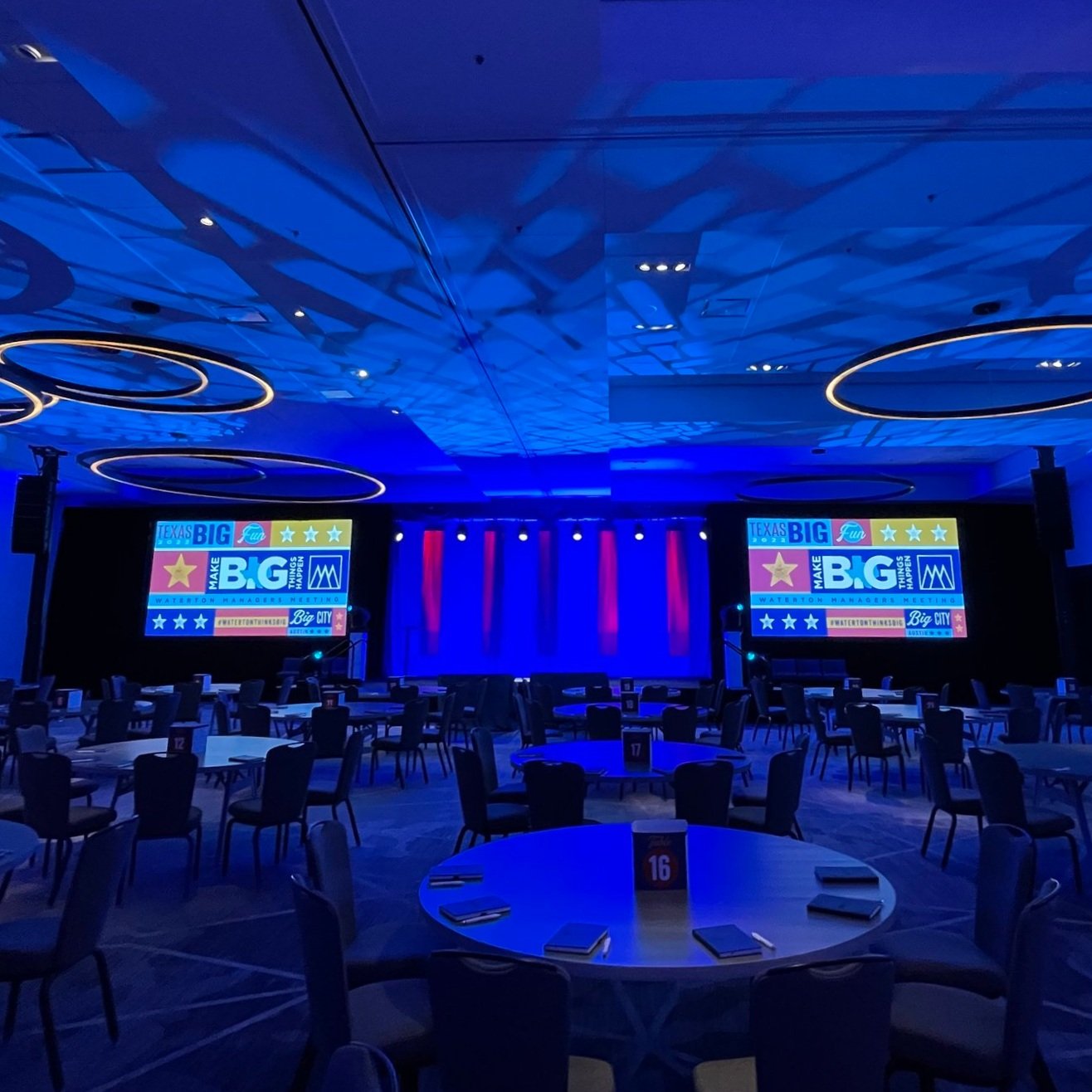Crucial Strategies for Enhancing the Lifespan of The LED Wall
Wiki Article
Light Emitting Diode walls are growing increasingly widely used for various applications, from marketing to leisure. To ensure that these displays function efficiently over the years, it is crucial to adopt strategies that extend their durability. Comprehending the factors that influence the longevity of Light Emitting Diode walls can assist users sustain their functionality and avoid unneeded substitutions.
One of the primary elements that can extend the durability of an LED wall is appropriate setup. It is vital to have a professional crew handle the installation procedure to guarantee all components are properly connected. Inadequate installation can result in electrical issues or mechanical damage. Additionally, the placement of the Light Emitting Diode screen should take into account environmental conditions such as light exposure and humidity levels. A well-installed screen in a suitable site will minimize the chance of damage caused by external factors.

Regular maintenance is another crucial tactic to prolong the life of an Light Emitting Diode screen. This includes routine checks to monitor for any indicators of wear or malfunction. Dirt and debris can accumulate on the surface of the Light Emitting Diode screens, affecting brightness and hue quality. Wiping the displays with appropriate materials will help keep ideal visibility. It is also important to monitor the components behind the display, ensuring that all links are secure and that there are no overheating issues, which can significantly reduce the durability of the components.
Electrical control plays a vital role in enhancing the lifespan of an LED wall. Excess voltage or unstable power supply can harm the inner circuitry. To avoid this, using a high-quality power supply and putting in place overvoltage protection measures is advisable. Additionally, adjusting the display to operate at reduced luminosity levels when high brightness is not required can lessen wear on the LEDs. This not only prolongs the durability of the wall but also conserves power, making check this link right here it a economical option.
In addition, program management can affect the functionality of LED walls. Regularly refreshing the program that controls the display guarantees that it runs smoothly and incorporates any essential safety patches. Outdated program can lead to functionality issues and may expose the system to risks. Proper scheduling of content can also help in managing the demand of the display, allowing it to idle during non-peak hours, which can aid to a greater lifespan.
In summary, extending the lifespan of an Light Emitting Diode screen involves a combination of proper setup, routine maintenance, efficient electric management, and diligent software management. By concentrating on these essential tactics, users can ensure that their LED screens stay operational and visually appealing for many years. Taking preventive measures will not only improve the functionality of the Light Emitting Diode wall but also provide a better yield on cost over time.